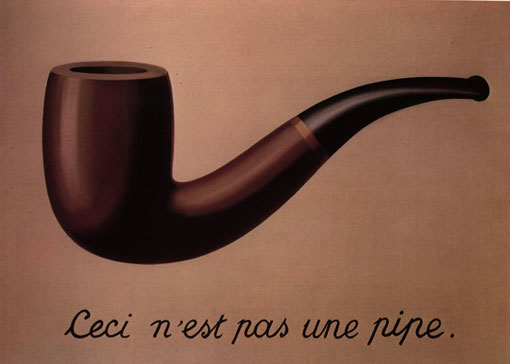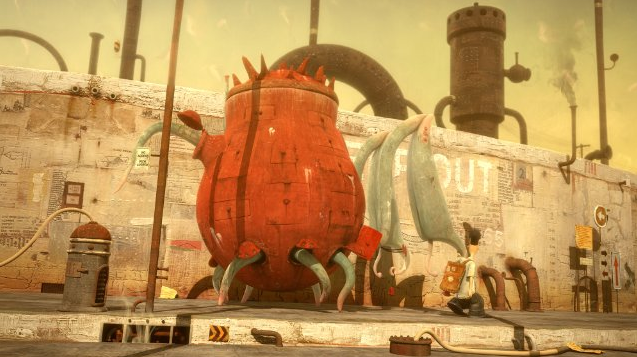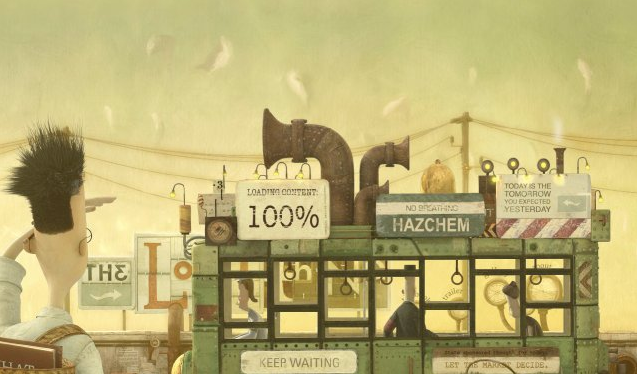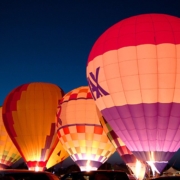Forgetting (or never knowing) Real Kangaroos
Today I learned what a kangaroo looks like.
Not that I didn’t know what a kangaroo is. A marsupial that can carry its young, it has ears, can hop, and lives in Australia.
The problem being that this is the only image of a kangaroo that I could bring up in my mind:
Yes, these are the kangaroos from Winnie the Pooh. (Kanga and little Roo.)
This is disturbing to me on multiple levels.
Mostly, I’m disturbed because of this painting by Rene Magritte:
The piece is called “The Treachery of Images.” The description reads, “This is not a pipe.”
To me, the point is, we’re so attached to images that we intentionally mistake them for reality. Someone holds up a picture of a pipe and asks, “What is this?” and we respond “It’s a pipe.” When really, it’s a representation of a pipe. It certainly can’t be smoked.
This brings me to Saussure. A linguistic theorist. Basically, he says that we have signs, that we use to communicate and interpret the word. A sign might be the word “kangaroo”; I’d go so far to say that a picture of a kangaroo could also be a sign. A sign is made up of two things–the signifier (the form of the sign, whether it’s the letters that make up the word “kangaroo” or the cartoon outline) and the signified (the concept that is represented by the sign–a real-life kangaroo hopping along in Australia).
So what happens when the first and only thing that I can bring to mind with the word kangaroo is a picture from Winnie the Pooh? The word no longer means a real-life marsupial, but a cartoon image to me. And if I look at a picture of Kanga and little Roo, (and get songs about Christopher Robin stuck in my head), and I can’t remember what this image of a kangaroo is actual supposed to represent, then the sign, the image, is not pointing to anything after all. It’s an end unto itself. And the kangaroo has officially become extinct–at least to me.
My husband helped me rectify this situation. We spent half an hour on youtube tonight watching kangaroos jump, drink water, box, and have baby kangaroos (called joeys–who knew?!?) climb in and out of their pouches. For good measure, we watched videos of other marsupials, like koalas and tasmanian devils.
I feel much better about life now. My representation (the word kangaroo, and the cartoon picture) is once again a representation, and not an end unto itself.
(Note: I have put no pictures of real kangaroos in this post. If you don’t remember what a kangaroo looks like, you should google it. Also, I didn’t want to think about the implications of a video of a kangaroo still being a representation, and no the actual thing….)









